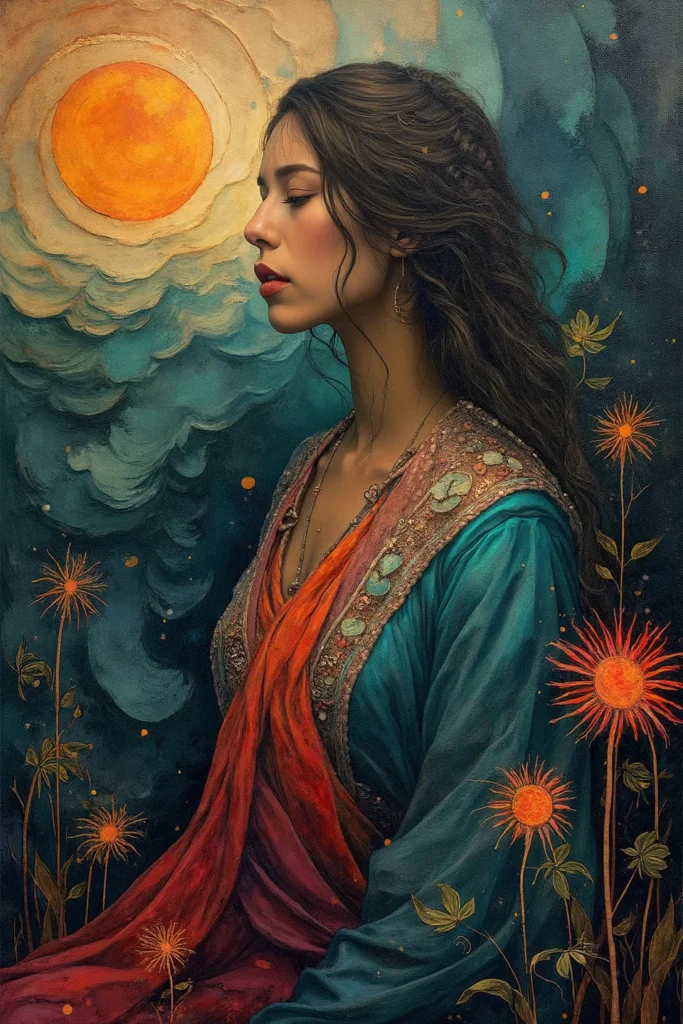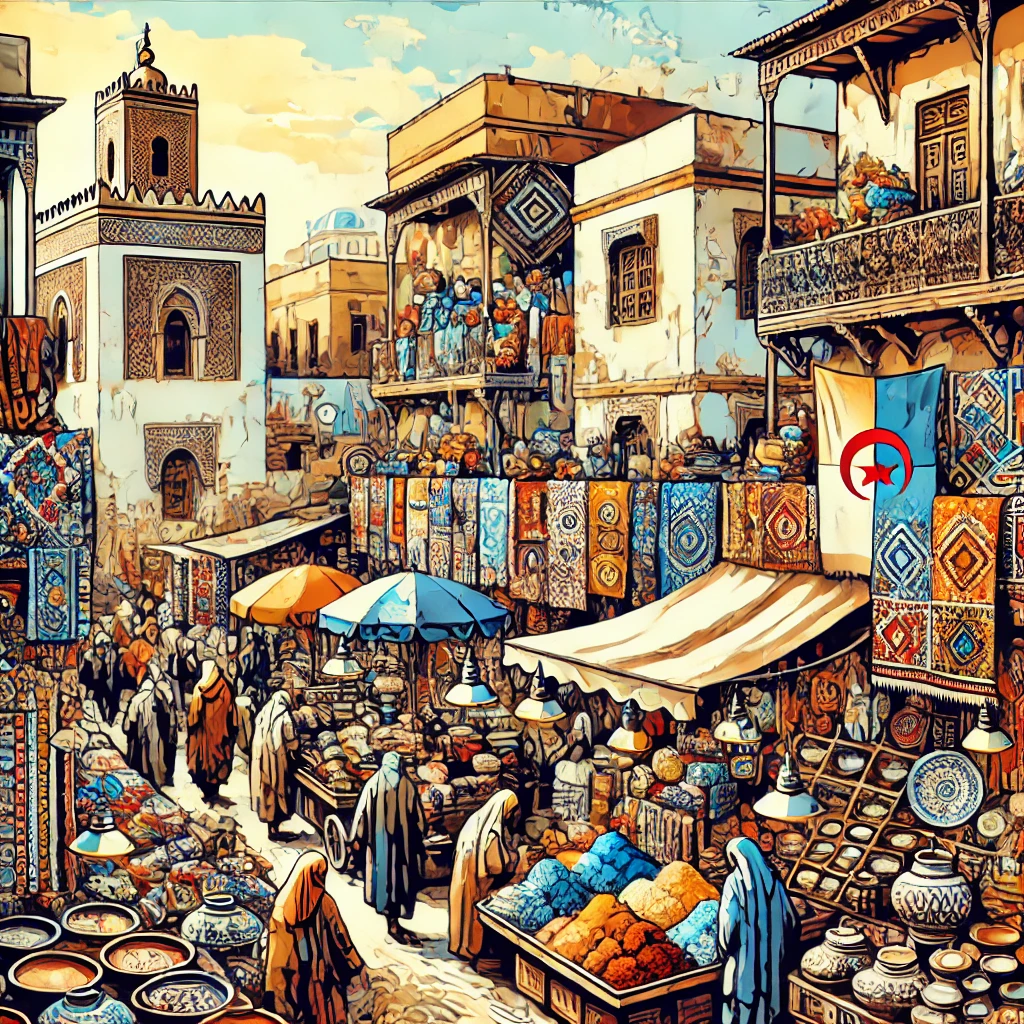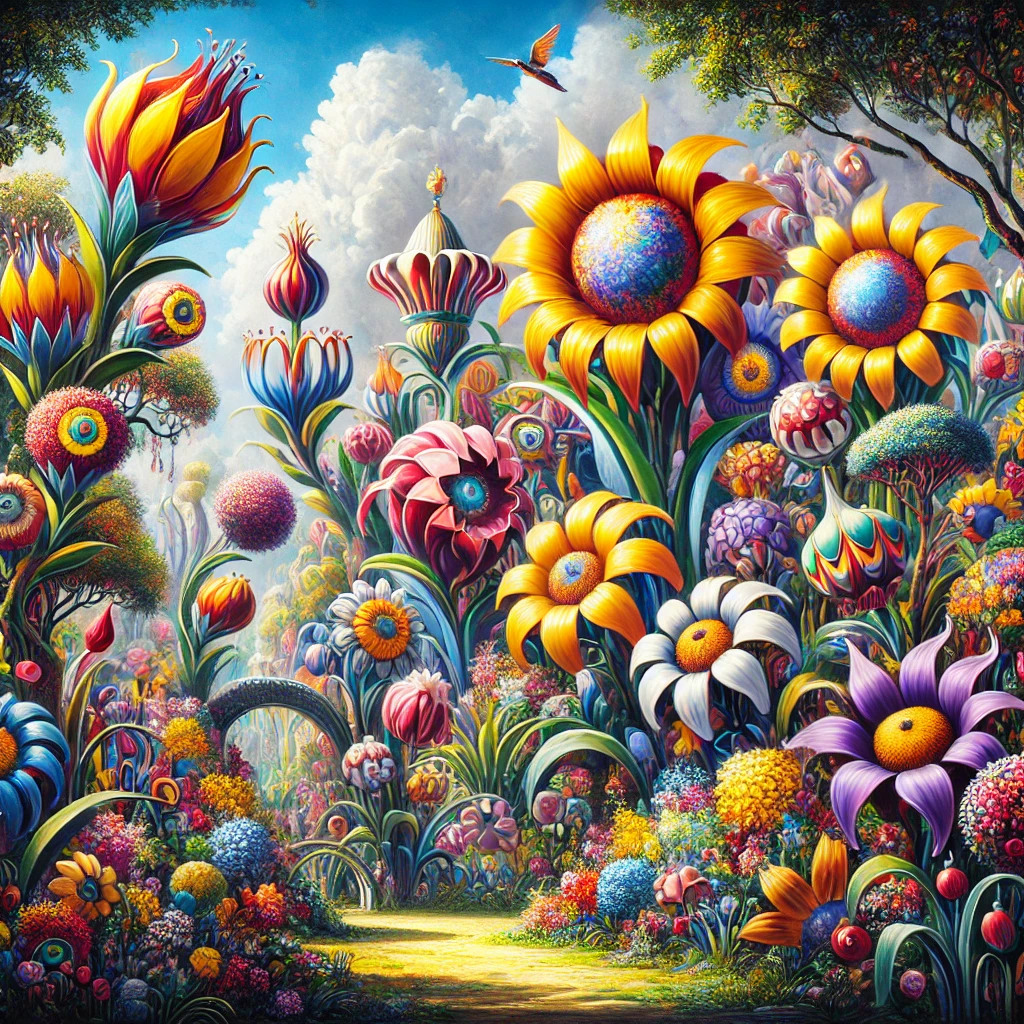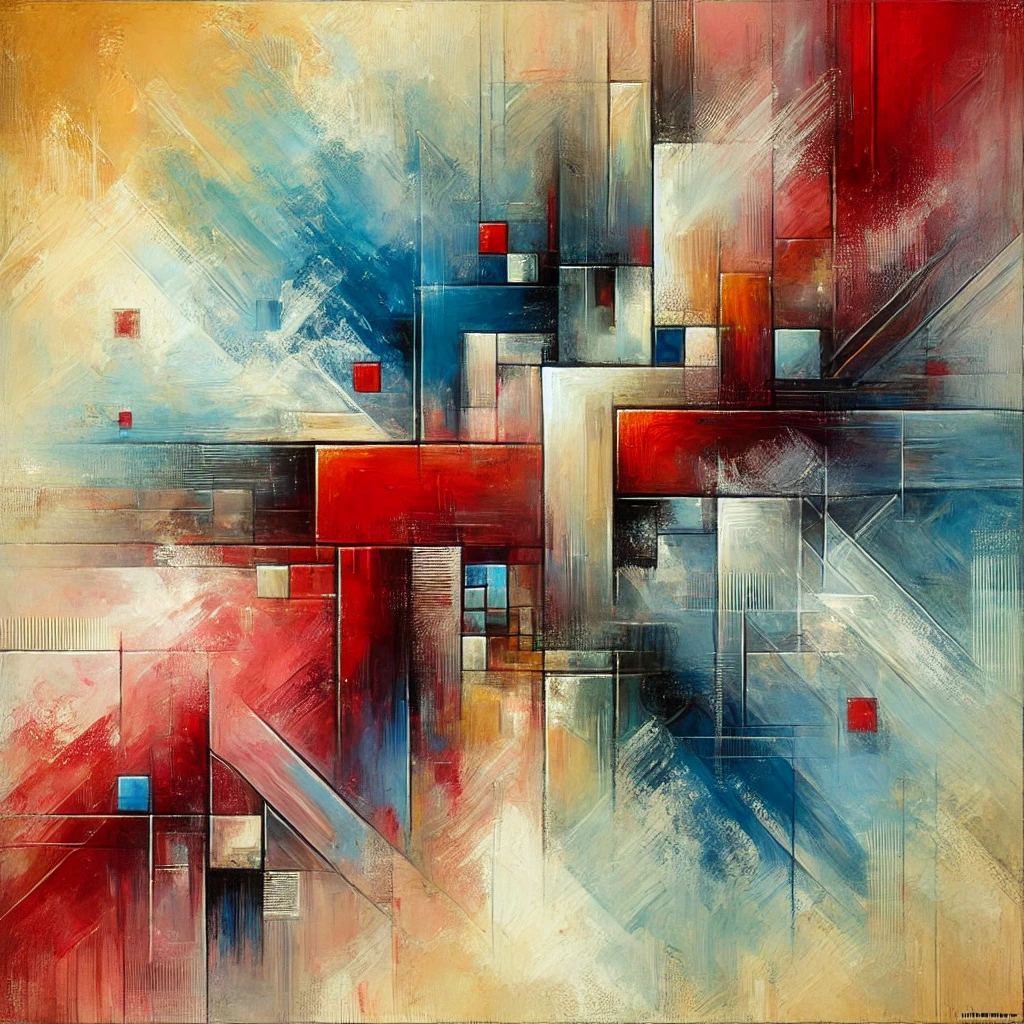Abdallah Benanteur was a masterful painter who combined the richness of Algerian heritage with the vibrancy of abstract European art. He is considered one of the most significant cultural figures to emerge from North Africa in the 20th century. His art tells the story of Abdallah Benanteur, a man deeply connected to his homeland and the cosmopolitan world. His work provides a visual narrative that intertwines memory, identity, and a longing for home.
Early Life
Born in 1931 in the small coastal town of Mostaganem, Algeria, Benanteur grew up surrounded by the landscape’s natural beauty. His early exposure to Algeria’s landscapes and vibrant colors greatly influenced Abdallah Benanteur’Benanteur’svision. As a child, he absorbed the textures and patterns of the Algerian countryside, which later shaped his unique palette and composition.
Artistic Education
Benanteur began his formal art education early, showing an innate talent for painting. His early training in Algeria focused on traditional techniques, and his deep connection to Algerian culture enriched his learning. Folk art, Arabic calligraphy, and the sun-drenched hues of his homeland formed the foundation upon which Abdallah Benanteur built his future style.
Journey to France
In 1953, Abdallah Benanteur moved to Paris, the modern art center. This move was a turning point in his career and exposed him to a wide range of artistic styles, from the classical works in the Louvre to the avant-garde movements in the Parisian art scene. The diversity of the city’s art scene influenced his evolving style, blending European sensibility with his Algerian roots.
Artistic Style and Evolution
Benanteur’Benanteur’sk was figurative and influenced by the expressive realism prevalent in post-war French art. As he matured, Abdallah Benanteur transitioned toward abstraction, experimenting with texture, color, and form. His later works became increasingly abstract, yet they never entirely abandoned the memory of Algeria’s Algeria’s cultural symbols, creating a fusion of traditional and modernist techniques.

The Role of Memory and Identity
Memory was a central theme in Benanteur’s work, often described as a visual diary of his thoughts and emotions about his homeland, mainly its landscapes. Algeria’s Algeria’s deserts and coastline frequently reappeared in his abstract compositions as a nostalgic link to his birthplace. Abdallah Benanteur’s identity went beyond personal reflection, delving into collective memories of Algerian society during and after the struggle for independence.
Techniques and Mediums
Benanteur was a master of the medium, excelling in both oil and watercolor. His oils were richly textured, with thick layers that invited tactile engagement. In contrast, his watercolors were delicate, translucent, and ethereal. His bold use of layering, particularly in oil, allowed him to create dynamic surfaces that seemed to vibrate with energy, as if the landscapes and memories of Abdallah Benanteur they depicted were constantly in flux.
Symbolism in Benanteur’
Benanteur’s artists are imbued with recurring symbols such as the crescent moon, ancient ruins, and the shifting sands of the desert, which gives it a timeless quality. These motifs were decorative representations of Algeria’s Algeria’sed history and spiritual essence. Light and shadow also played important roles, often symbolizing the tension between past and present and presence and absence.
Relationship with Algerian Heritage
Benanteur’s friendship with Algeria was one of deep affection and complexity. The country’s history, particularly the fight for independence from France, shaped much of Abdallah Benanteur’s artistic landscape. His art from this period reflected his people’s people’s eventual triumph. Benanteur returned to Algeria after its independence in 1962, and this experience reinforced his commitment to expressing Algerian struggles and resilience through his art.
Major Exhibitions
Benanteur’ sBenanteur has been showcased in several prestigious galleries and exhibitions throughout his career. His early exhibitions in Paris received critical acclaim, with many praising his ability to bridge the gap between Algerian and European artistic traditions. His participation in exhibitions highlighting Algerian culture helped introduce his homeland’s homeland’s heritage to a global audience.
Benanteur and Abstract Art
As Benanteur delved deeper into abstraction, his work was compared to some of Europe’s abstract artists. However, while his work resonated with European abstraction, it remained distinctly Algerian in spirit. His abstract forms often echoed the lines and shapes of Abdallah’s environment, seamlessly blending the two worlds.
Benanteur’Benanteur’ship with Poetry
Benanteur’Benanteur included collaborating with poets and drawing inspiration from written words to create visual interpretations of poetry. His partnerships with Algerian and French poets added depth to Benanteur’Benanteur’she aimed to visually capture the emotions expressed in literary form.
Impact on Algerian Contemporary Art
Benanteur has had a significant influence on contemporary Algerian art. Many young artists have looked to him for inspiration, finding in Abdallah Benanteur’Benanteur’sans to express modernity and tradition. As a mentor and a leading figure in Algerian art, Benanteur played a crucial role in shaping the artistic movement in Algeria after independence, encouraging the next generation of artists to explore their identities through art.
Benanteur’Benanteur’sLegacy
Benanteur’s influence continues through the works Abdallah Benanteur created and his impact on generations of Algerian and North African artists. His paintings are still revered for their ability to uphold a culture’s culture while delving into new and modern forms of expression.
Cultural Hybridity in His Art
Benanteur’s work fuses two worlds: the ancient traditions of Algeria and the modernist movements of Europe. This cultural hybridity is a hallmark of his work, creating a bridge between the past and the present, the East and the West—Abdallah Benanteur’s reminder of the complexity of identity in an increasingly interconnected world.
Themes of Exile and Displacement
The personal themes of exile and displacement were prominent in much of BenantBenanteur’siences as an immigrant in France, and his longing for Algeria infused his art with a sad quality. Abdallah BenantBenanteur’Benanteur’ssonated other Algerian immigrants and exiles worldwide, making his work universally relatable.
Collections and Museums
BenantBenanteur’Benanteurs is displayed in several prominent collections and museums, including the Centre Pompidou in Paris and the Museum of Modern Art in Algiers. These collections ensure that Abdallah BenanBenanteur’Benanteurtinues to inspire future generations and remain accessible to the public.
Later Years and Artistic Maturity
In his later years, Benanteur continued to refine his artistic vision. His works during this period became more introspective, often reflecting a deep contemplation of life, memory, and mortality. Despite being more subdued, these pieces carried the same emotional weight as the works of Abdallah BenaBenanteur’Benanteur’seriod.
Critical Reception and Recognition
Abdallah Benanteur was widely recognized throughout his career for his ability to blend traditional and contemporary art, earning praise from critics worldwide. He received numerous awards in France and Algeria, celebrating his significant contribution to the art world.
Conclusion
Abdallah Benanteur’s work is a testament to the power of art to transcend borders, bridge cultural divides, and preserve people’s memories. His unique blend of Algerian and European influences has resulted in a timeless and deeply personal bork. Tenanteur continues to inspire through his art, leaving a legacy rooted in the landscapes and memories of his homeland, forever immortalized on canvas.




